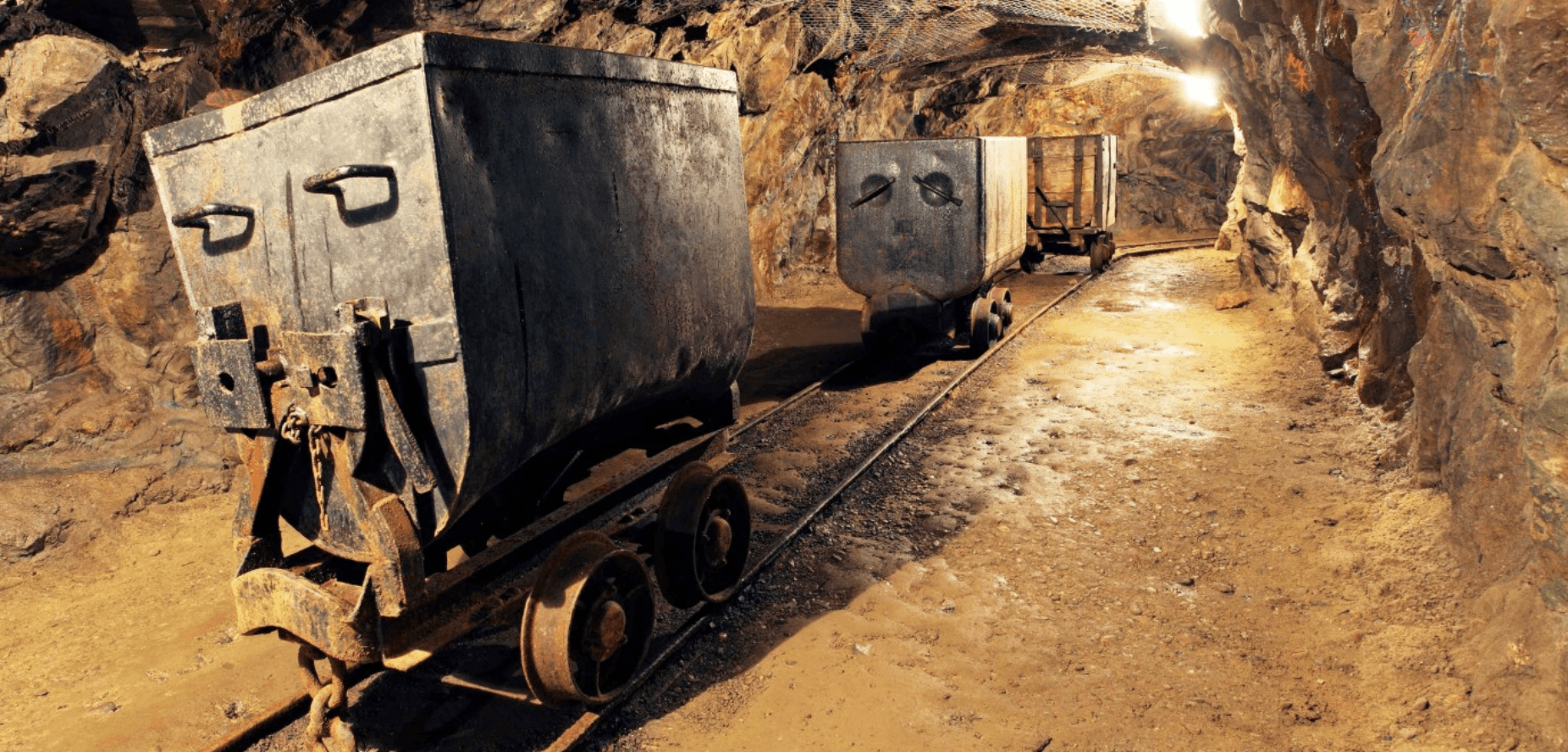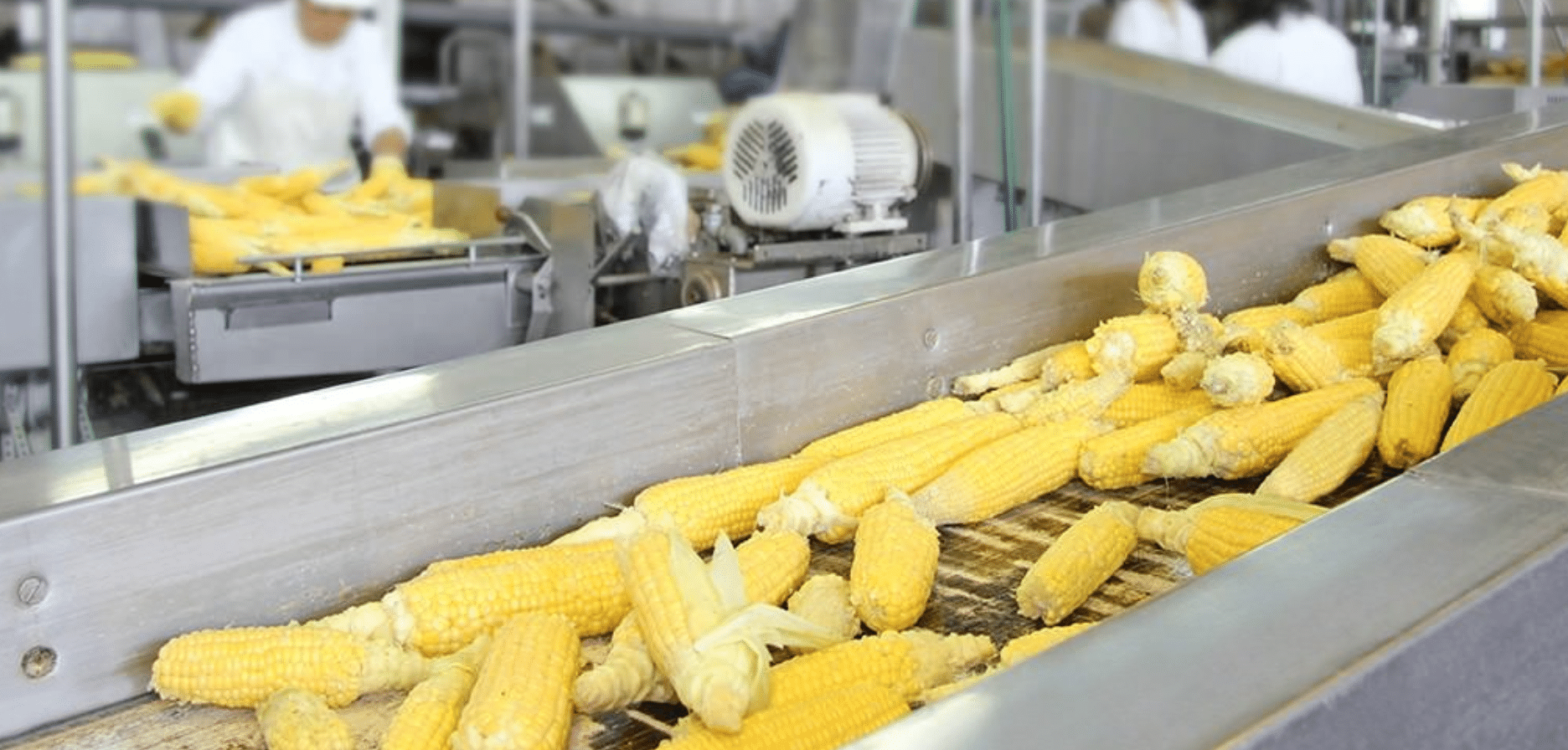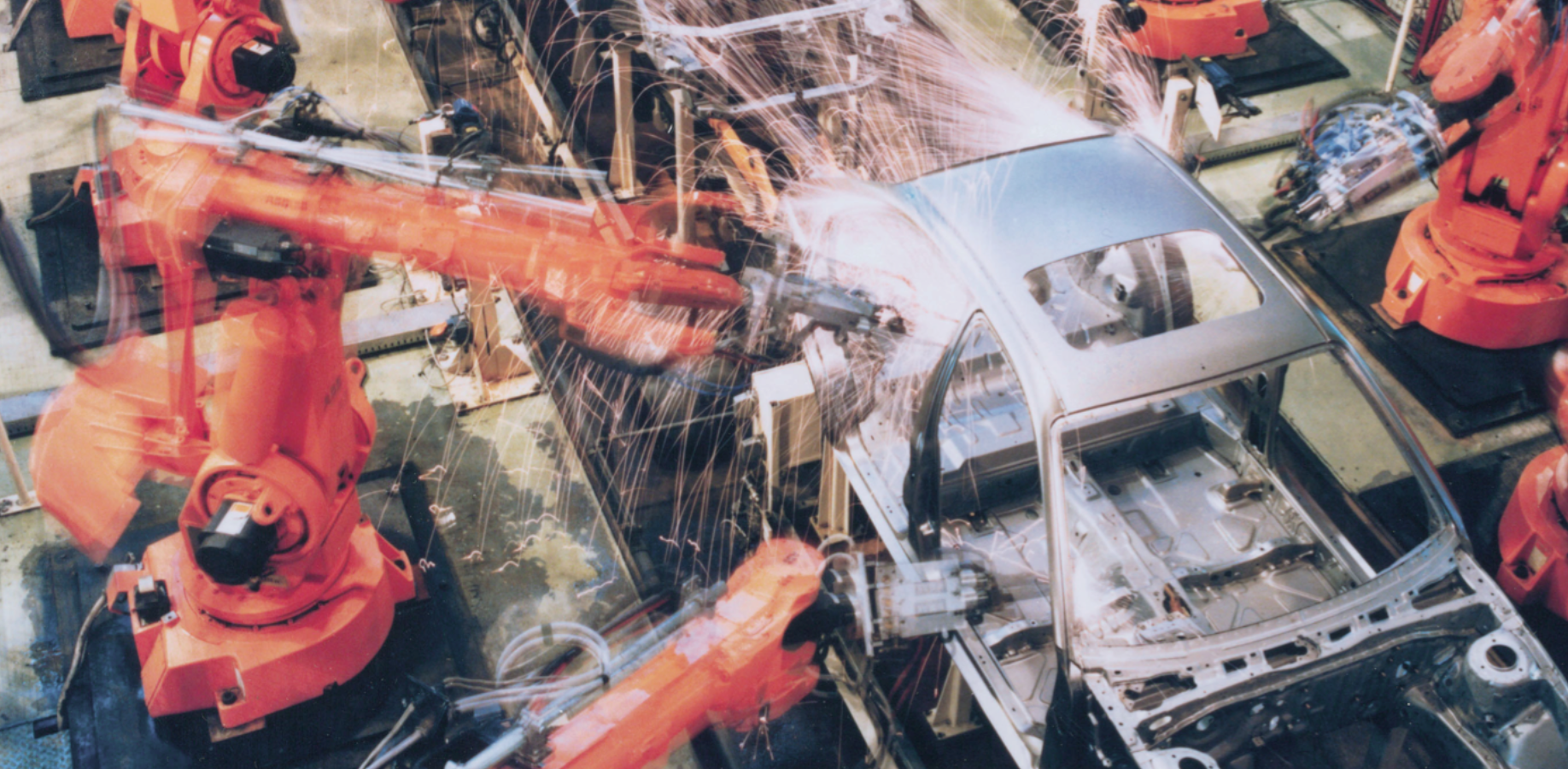Search and Rescue Robots – Current Applications on Land, Sea, and Air
In the past decade the number of people killed by natural disasters each year has ranged from as low as 14,389…

•


Jon Walker covers broad trends at the intersection of AI and industry for Emerj. He has reported on politics and policy issues for news organizations including National Memo, Massroots, NBC, and is a published science fiction author.
In the past decade the number of people killed by natural disasters each year has ranged from as low as 14,389…

•

The amount of data companies have on customers and the number of channels customers are using to interact with businesses have…

•

Mining is a major worldwide industry producing everything from coal to gold. According to a PWC annual report, the top 40…

•

Food processing is one of the major manufacturing sectors in the United States. According to the United States Department of Agriculture,…

•

Both artificial intelligence and robotics have been improving over the past few years. Large companies are betting billions that in the…

•

For most people, the direct impact of improvements in weather forecasting may seem to be that it simply makes vacation planning…

•

Our cities, streets, homes, and businesses are built for beings that walk on two legs (biped). From stairs to the shape…

•
